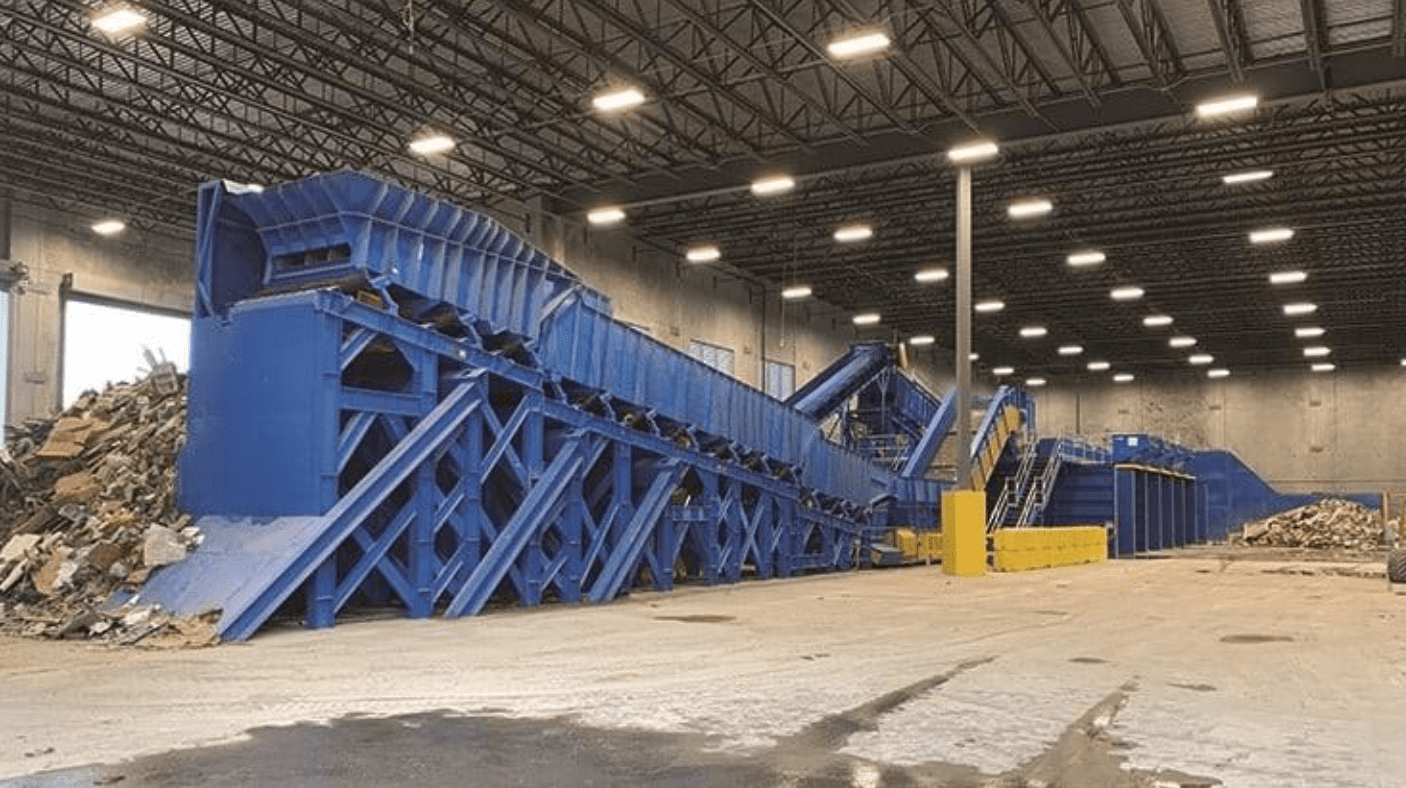June 15, 2021 | Haley Rischar
Since first beginning operations in early 2018, Pompano Beach, Florida-based Coastal Waste and Recycling has been making significant investments in its mixed waste processing infrastructure.
With three newly constructed mixed waste material recovery facilities (MRFs) located in Broward County, Palm Beach County and Martin County, the company has positioned itself to capitalize on favorable conditions in the southeastern Florida market.
“We look for markets, in general, where there are a lot of large companies, high amounts of population growth or just existing large populations. [This is] because there’s always construction, reconstruction and demolition, and in areas like southeast Florida … there’s nowhere for [the resulting waste] to go,” says Brendon Pantano, CEO of Coastal Waste and Recycling.
“Rebuilding is a major part of the economy down here, and Florida is one of the few states that has overall construction waste percentages that are [roughly] 35 to 40 percent, and it has been like that for decades,” he adds.
According to Pantano, these factors—as well as limited landfill capacity in the area—made southeast Florida an obvious location to construct and operate its mixed waste processing facilities.
FINDING THE RIGHT FIT
The start of Coastal’s mixed waste operations began with the opening of its first facility in Pompano Beach, known as “Coastal Four.” The company obtained a permit and developed construction plans to build the Class III MRF in August 2018 with the intention of processing construction and demolition (C&D) debris and mixed commercial recycling.
Given the company’s varying waste streams, large volumes, and high growth ambitions, Pantano says the facility needed a dynamic system to successfully process both lightweight and heavyweight material.
“A lot of times that [shift in material] can pose a challenge to typical C&D processing systems because they’re not designed to flow lightweight cardboards, as well as construction materials and commercial recycling byproducts. So, it was a challenge to find [the right] screen,” he says.
In addition to handling Coastal Four’s diverse waste stream, the company needed screening technology capable of separating a heavy flow of aggregates.
“Being in Florida, the amount of fines and concrete in our material versus say a facility up North is [substantially larger] because everything down here is built with concrete block [rather than wood]. So, you end up with a lot of dirt and broken-down concrete,” Pantano says.
To aid in his search for a uniquely robust screening system, Pantano reached out to Ian Levasseur, the vice president of Quebec, Canada-based Sherbrooke OEM, for guidance. Levasseur ultimately recommended a General Kinematics (GK) Finger-Screen 2.0 primary screen to meet Coastal’s requirements.
“We needed a screen that had a longer stroke capable of flipping and turning waste as it travels down the screen to ensure that smaller fractions of material didn’t surf their way into the larger fraction sorting lines,” says Pantano. “There aren’t many screen options when it comes to that throughput and material diversity, so the 2.0 was an obvious fit for us.”
After some initial discussions with the Crystal Lake, Illinois-based equipment manufacturer, Coastal also decided to invest in a GK Rod Deck as the secondary screen and a GK Single Knife De-Stoner Air Classifier.
THE SCREENING PROCESS
At Coastal Four, Pantano says its processing operations begin with the Finger-Screen 2.0, where the machine separates the raw mixed waste into two lines.
“[With] the Finger-Screen 2.0, the whole objective there is to create a size separation. So, anything larger than 8 inches in size goes up to the A line for manual picking, and anything smaller than 8 inches goes over to the B line, which is a little more automated with some other machines to work through smaller material,” says Bob Huffer, team east regional sales manager for GK.
“By splitting the material flow, typically you see a 60-40 split on average, meaning 60 percent of the material stays with the A line and 40 percent, more or less, goes to the B line,” Huffer says.
According to Huffer, this allows the facility to utilize different technology to do a more thorough sorting process on the individual lines.
On the A line, Pantano says between eight to 12 sorters will pick through concrete, wood, cardboard, plastic, ferrous and nonferrous metal, and yard waste. Meanwhile on the B line, the 8-inch-minus material will first run through a magnet to remove ferrous metals then head to the secondary Rod Deck screen.
From there, the secondary fines screen will remove any material smaller than three-quarters of an inch to one inch. “[This material] is primarily a lot of the dirt and fines that’s just taken out and removed [from] the system to be used for landfill cover. Then what you’re left with is a fraction that is minus eight plus one, and that is then sent to the de-stoner, [which] separates the rock and the heavies,” Huffer says.
Utilizing air separation to separate the materials based on density, the de-stoner will blow away the light fraction, leaving behind the aggregates, crushed concrete, broken concrete, asphalt and clay tiles.
“The de-stoner is workhorse in there, and [Coastal’s] process really separates a lot of that aggregate material out,” says Huffer. “The remaining lighter materials, the minus eight plus one, just goes off the end of the de-stoner and goes to landfill, [whereas] with the aggregate fraction, Coastal now has a commodity that they can use and sell.”
MEETING EXPECTATIONS
Having worked in the waste industry his entire life, Pantano says the Finger-Screen 2.0 system is the only screening technology he’s witnessed capable of processing Coastal Four’s throughput and material composition.
“The amount of material agitation [with the 2.0] just leads to a good presentation of whatever is on the respective line. So, when you get the material on the A line, because it has that long stroke and that big active movement, you don’t end up with a piece of plywood covered in dirt that kind of skated down he line,” he says. “With some of the other screens that I’ve used, you get that effect where there’s a piece of cardboard and it’s a single-deck screen, so it doesn’t have the ability to flip it over or turn it. So, you end up having materials right on top of other materials because there’s not enough movement to get it to shake off.”
On average, Pantano says the current system is processing roughly 100 tons per hour, but that it can vary from anywhere between 90 to 105 tons per hour.
“[The system] is physically capable of, I suppose with the right conditions, up to 125 tons per hour. But, I’m sure we have hours where we do 200 tons per hour and we have an hour where we do 75 tons per hour; it’s just so dependent upon the material you put through,” he says. “The 2.0 is a monster. I mean, it is just a massive, massive piece of equipment. So, having a site that does that kind of volume is not typical. But I would say for any site that we’re going to have in that 800 to a thousand tons per day in one shift range, the 2.0 would be our choice.”
This article originally appeared in the May/June issue of Construction & Demolition Recycling magazine. The author is the assistant editor for Construction & Demolition Recycling magazine and can be reached at [email protected].

